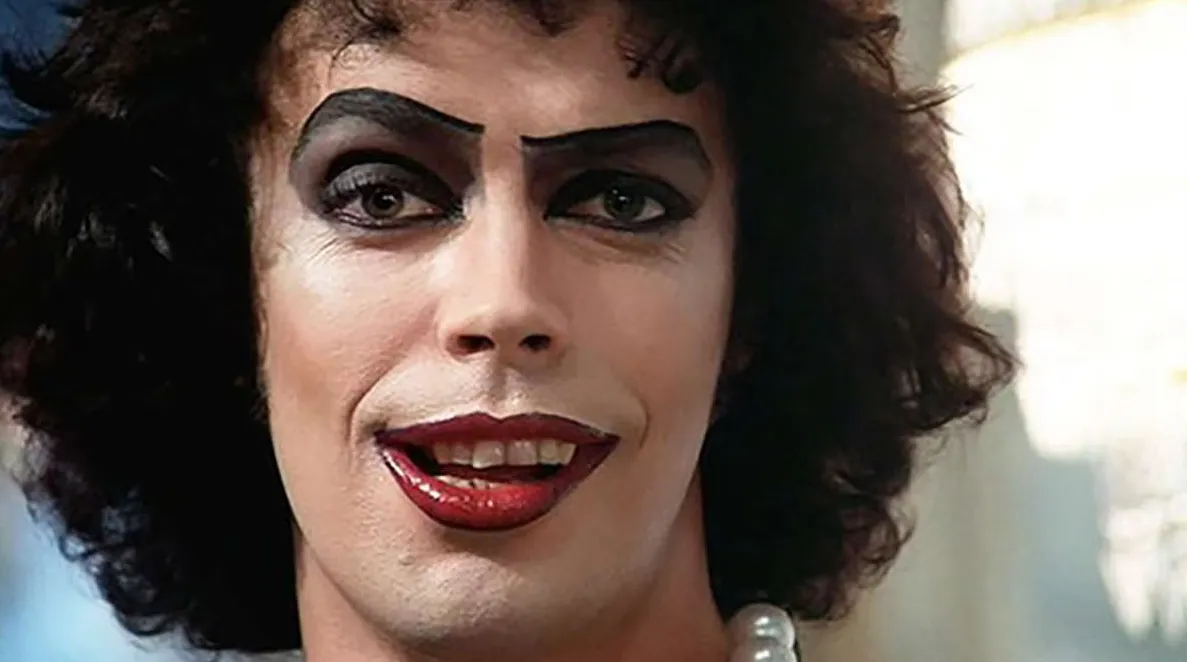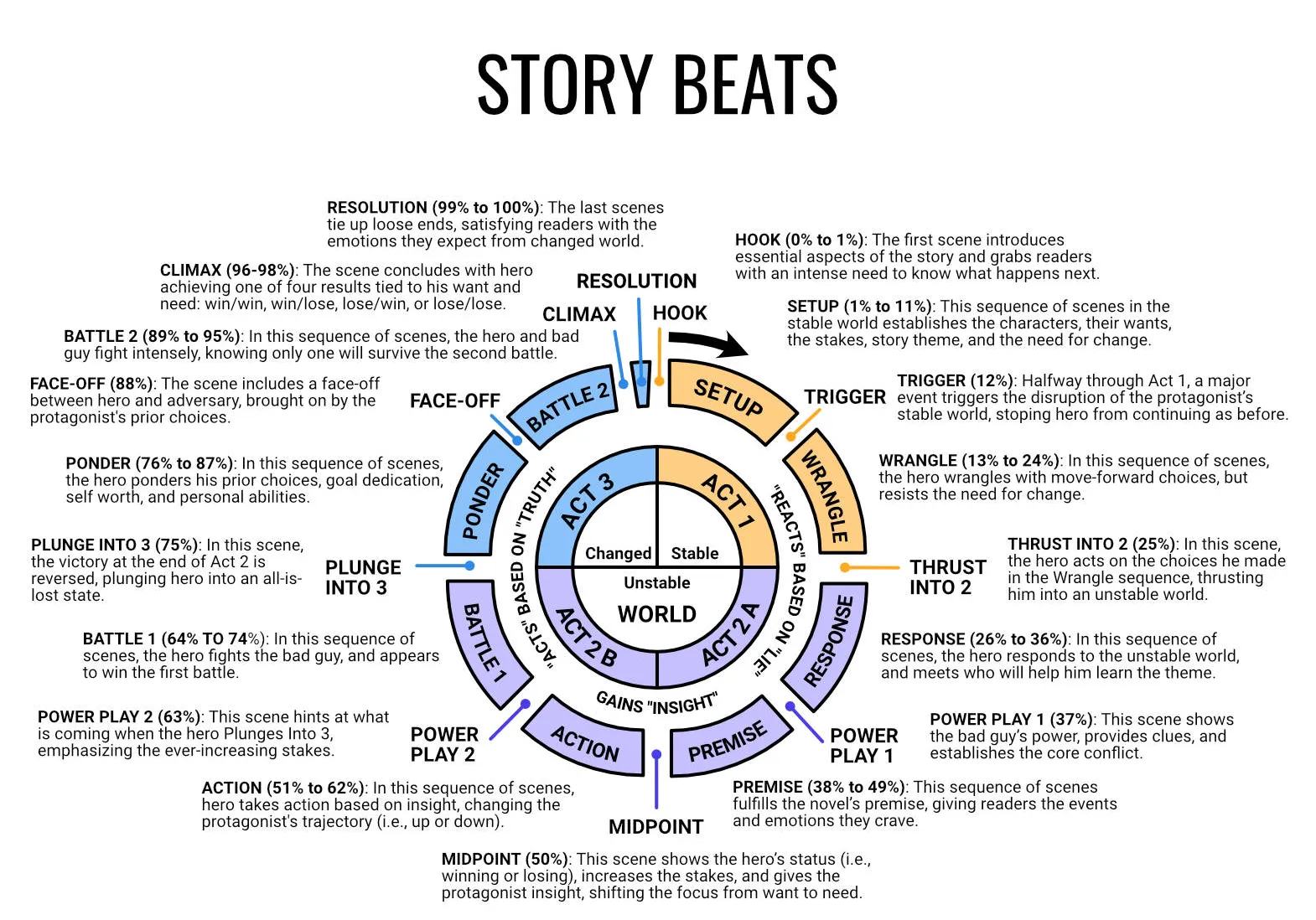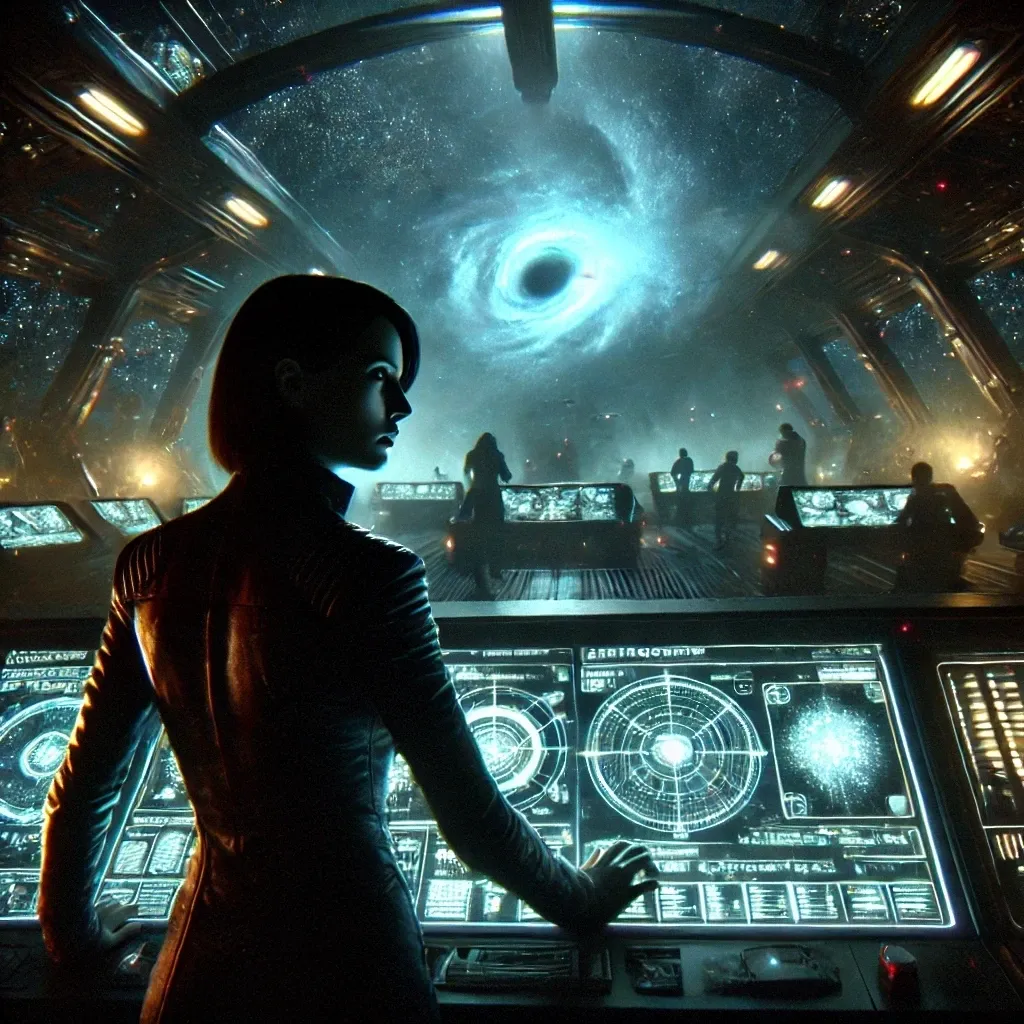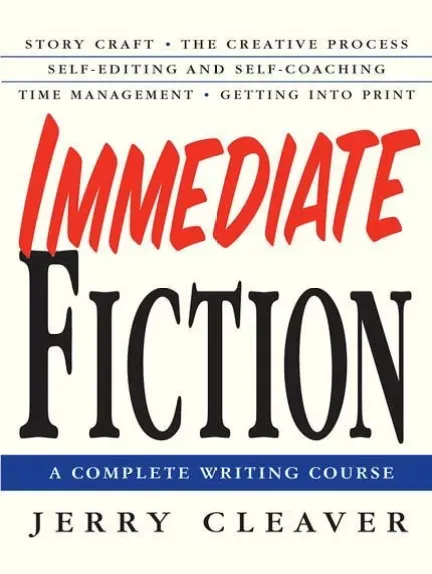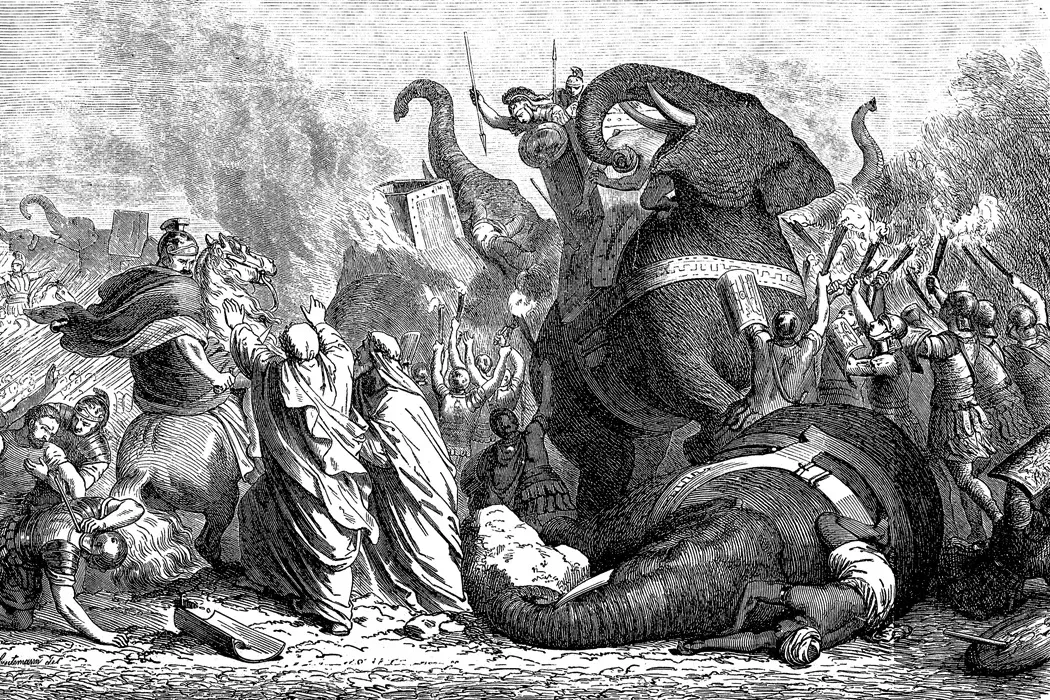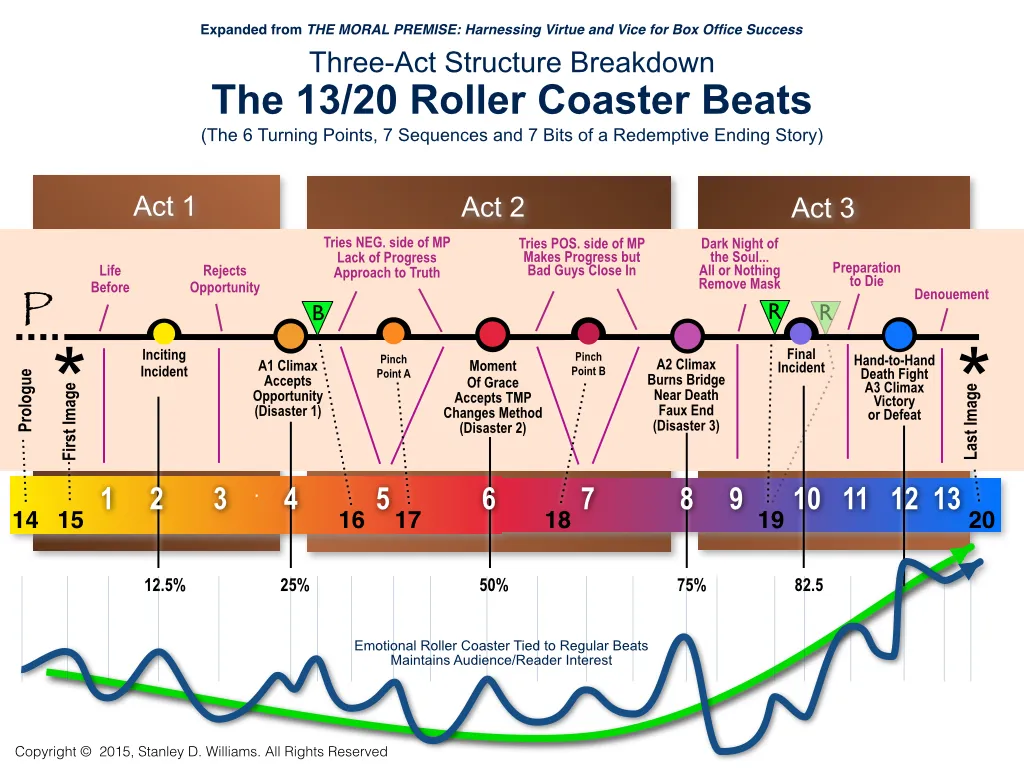Recent Posts
I explore the concept of "Strange Attractors" in storytelling - the unique, odd elements that hook readers beyond the familiar. Using the example of multiverse pirates, I demonstrate how combining familiar concepts with strange elements creates compelling narratives. However, I emphasize that these strange elements must pay off by the story's end, as audiences have grown wary of unfulfilled setups. Importantly, what's strange today may become familiar tomorrow, pushing writers to constantly innovate.
In this daily reflection post, I share both the challenges and bright moments of my day. Despite dealing with chronic pain, late starts, and worried moments about my four-year-old's health, I found joy in unexpected places - like a rare "I love you" from my teenager and some meaningful progress with my work. I'm learning to acknowledge both the ups and downs, celebrating small victories like managing to eat a bit more than usual. This kind of honest daily check-in helps me stay grounded and might become a regular feature of my blog.
I've crafted a paranormal romance that flips traditional relationship dynamics by featuring two characters with supernatural powers of persuasion. Through Evangelija Markov's story, a skilled manipulator who meets her match in Diomid Petrescu, I explore themes of deception, revenge, and the dark side of romance. What begins as a seemingly straightforward love story transforms into a dangerous game of power and retribution when Evangelija discovers she's been manipulated by someone with abilities similar to her own. I'm curious whether readers would be drawn to this darker take on paranormal romance, where love and manipulation intertwine.
I created this comprehensive beat sheet back in 2009 because I was frustrated with existing story outlines that weren't producing polished, finished stories. The outline breaks down into 174 individual beats across four acts, with each major beat followed by trials and mini-quests that test the protagonist. While it might seem excessive, this detailed structure helps ensure every story element gets proper attention, from character development to plot progression. The trials and mini-quests can be classified as major or minor, with internal, antagonistic, or external focuses, providing a flexible framework for any narrative.
In this writing exercise, I explore how to craft compelling secret societies in fiction, going beyond common thriller tropes to examine their complex inner workings. From leadership structures and initiation rites to identification methods and security measures, I break down the key elements that make these organizations fascinating story elements. Whether your protagonist is trying to infiltrate or escape such a group, I provide prompts to help develop the gestures, rituals, and practices that bring these secretive worlds to life, while considering the consequences and conflicts that drive the narrative forward.
In this outline, I present an eighteen-beat story structure divided into three acts. Stable World, Unstable World (split into 2A and 2B), and Changed World. While it follows the traditional progression from setup through conflict to resolution, with key moments like Power Plays and Battles clearly marked, I find it lacks the depth and substance needed for a truly useful writing tool. The beats feel rushed, and though it covers essential story elements like the Hook, Midpoint, and Climax, it could benefit from more detailed guidance on character development and thematic exploration.
I discuss the "Empty Quiver" trope - a storytelling device where characters race to recover a missing powerful weapon before it falls into the wrong hands. Originally a US military code for missing nuclear weapons, this plot device creates instant tension and urgency in narratives. Whether it's the protagonist or antagonist pursuing the weapon, this story beat drives action and raises dramatic stakes.
In this adaptation of Dan Harmon's story circle, I explore Rachael Stephen's Tragic Plot Embryo - a structure specifically designed for stories where characters fail to achieve transformation. Unlike traditional story structures, this six-step framework guides writers through a protagonist's downward spiral, from their initial flawed comfort zone through mounting challenges to their ultimate destruction. It's particularly effective for crafting tragedies and character-driven dramas where the protagonist's fatal flaws or immoral choices lead to their downfall rather than redemption.
I present five body horror writing prompts exploring themes of grotesque transformation, from a fertility crisis spawning monstrous offspring to ritualistic body modification in a remote village. Each prompt delves into different aspects of body horror - experimental birthing, organ theft, corpse recycling, cultish bone grafting, and human-animal hybridization. These scenarios aim to inspire writers to explore the darker aspects of body transformation and societal collapse through horror fiction.
I've developed a space opera centered on the generational starship Farrazoz and its navigator Arvie Heller, exploring the psychological and social pressures of being lost in space for 1,500 years. The story combines elements of mystery, potential sabotage, and the weight of ancestral mission as Arvie tries to guide her people home. Through themes of isolation, responsibility, and the breakdown of society under extreme circumstances, the narrative builds to a revelation that promises to upend everything the crew believes about their journey. I'm curious how this premise resonates with readers, particularly those familiar with the space opera genre.
I recently reviewed Jerry Cleaver's "Immediate Fiction," a comprehensive writing guide that covers everything from initial story development to manuscript submission. While it's particularly valuable for pantser-style writers (those who write by the seat of their pants), I still recommend it to all fiction writers despite being a plotter myself. At around $15 for paperback or $11 for Kindle, this three-star book offers useful insights into managing writing time, overcoming blocks, and mastering the revision process with its "Write what you can imagine" approach.
Among all the writing tools in my arsenal, Scrivener stands out as my absolute favorite. While it's true that mastering all of Scrivener's features can be challenging, it's an incredibly comprehensive writing program that meets all my needs. My advice to new writers? Start with just the basic features you need and gradually explore its more advanced capabilities - there's no need to overwhelm yourself by trying to learn everything at once.
I created this comprehensive beat sheet back in 2009 because I was frustrated with existing story outlines that weren't producing polished, finished stories. The outline breaks down into 174 individual beats across four acts, with each major beat followed by trials and mini-quests that test the protagonist. While it might seem excessive, this detailed structure helps ensure every story element gets proper attention, from character development to plot progression. The trials and mini-quests can be classified as major or minor, with internal, antagonistic, or external focuses, providing a flexible framework for any narrative.
I explore the concept of Pyrrhic victory - a win that comes at such a devastating cost that its value becomes questionable. Named after King Pyrrhus's costly triumph over the Romans in 279 BCE, this storytelling device adds depth by examining the true price of victory. While often applied to heroes, I note how villains frequently suffer this fate too, demonstrating the futility of evil. It's a powerful way to explore the complex moral implications and lasting trauma of conflict.
Drawing from Robert Greene's "The Forty-Eight Laws of Power," I've laid out a comprehensive guide to understanding power dynamics for writers crafting compelling characters. From "Never Outshine the Master" to "Assume Formlessness," these laws offer fascinating insights into how power operates and can be wielded in storytelling. While some principles might seem Machiavellian, they provide valuable tools for developing complex power dynamics in fiction, whether you're writing heroes, villains, or morally ambiguous characters navigating their way through positions of influence.
In this detailed story structure, I break down what I call "The Roller Coaster Outline," which maps a story through three acts and includes special "accent bits" that add depth to the traditional story beats. This framework combines elements of moral transformation with plot progression, tracking both the external and internal journeys of the protagonist. From the opening Prologue through key moments like the Moment of Grace and Dark Night of the Soul, to the final image, each step serves both plot and character development. The outline particularly emphasizes the protagonist's moral choices and their consequences, making it especially useful for redemptive character arcs.
In this daily reflection post, I share both the challenges and bright moments of my day. Despite dealing with chronic pain, late starts, and worried moments about my four-year-old's health, I found joy in unexpected places - like a rare "I love you" from my teenager and some meaningful progress with my work. I'm learning to acknowledge both the ups and downs, celebrating small victories like managing to eat a bit more than usual. This kind of honest daily check-in helps me stay grounded and might become a regular feature of my blog.
I explore the power of the simple yet profound question "What if?" as a fundamental tool for writers. By using this framework to channel creative energy, we can transform basic ideas into rich, multifaceted narratives. Through specific character-focused prompts and broader story questions, I demonstrate how this technique helps develop everything from character backgrounds to plot twists. Whether you're exploring your protagonist's potential reactions or reimagining your entire story world, asking "What if?" opens up countless possibilities for deeper, more engaging storytelling.
I explore how reshaping character relationships can dramatically transform your story's dynamics. By experimenting with different connections - turning antagonists into siblings, childhood friends into rivals, or even reimagining all major characters as part of one family - we can uncover new layers of conflict and emotion. I've created an exercise using paper strips to randomly reassign character relationships, along with prompts to help writers explore the implications of these changes. Whether it's visualizing hypothetical dates between characters or examining how family roles might shift, these relationship adjustments can add unexpected depth to your narrative.
I've crafted a romance novel that weaves together two contrasting worlds through "Stitched Hearts," following an Amish quilter named Miriam Lapp and English fabric designer Aldus Budai. Their story explores how shared passion for fabric arts bridges cultural divides, challenging both traditional Amish values and modern sensibilities. The story delves into themes of faith, artistic expression, and forbidden love, while examining the costs of following one's heart. As I develop this premise, I'm curious about readers' reactions to this genre-blending approach to Amish romance and whether the story's focus on creative passion alongside romantic love would resonate with potential readers.


